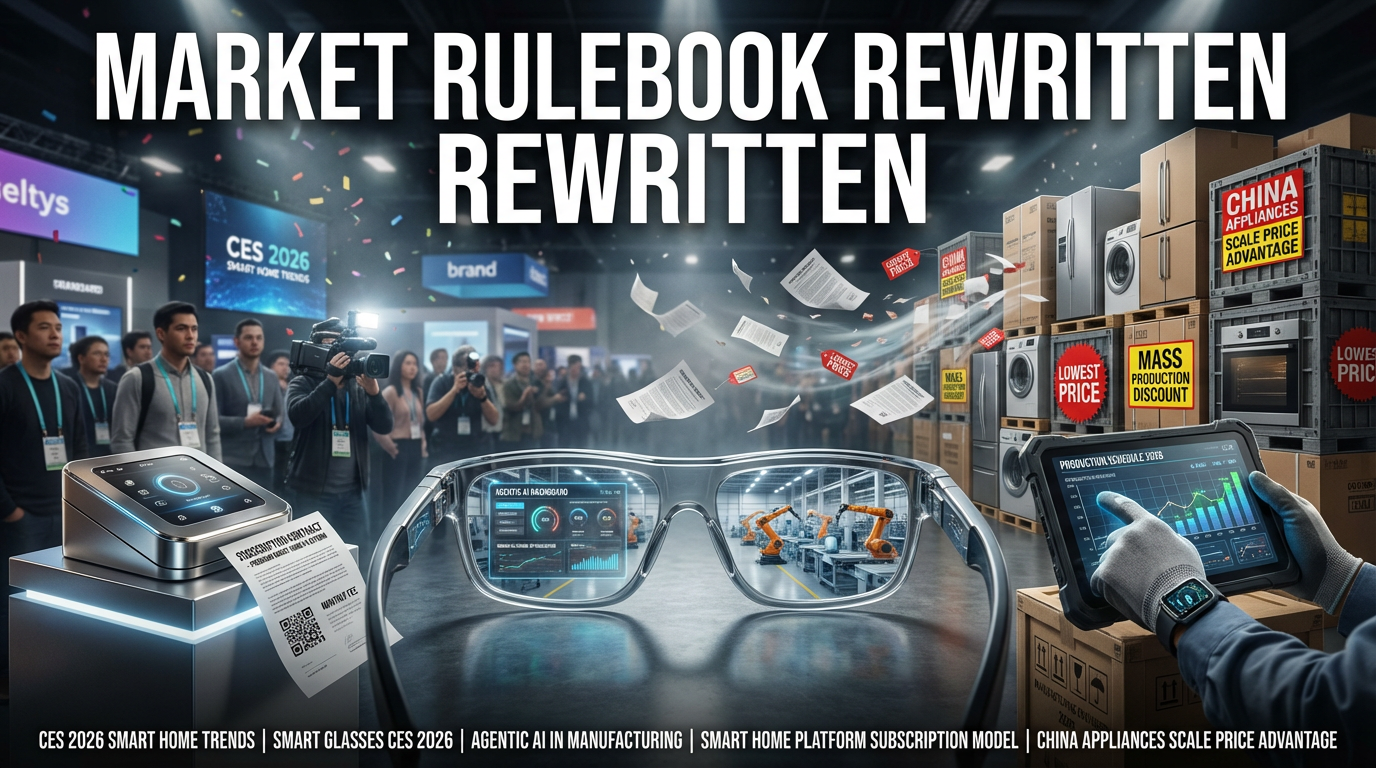● AI Data Center, GPU Cluster Built in Texas
U.S. Texas AI Data Center: Key Highlights of Artificial Intelligence, Data Centers, AI Infrastructure, GPUs, and Economic Outlook
Project Overview
The world’s largest dedicated artificial intelligence data center is emerging in a small town in West Texas.
According to UBS analysis, it is expected to serve as a core computing hub for Oracle and OpenAI.
The center, known as the Lancium Clean Campus near Abilene, Texas, is being developed by Crusoe Energy Systems.
GPU and Power Infrastructure Development
The total site area is 826 acres, with a total of 400,000 NVIDIA GPUs installed in eight buildings.
The construction of a massive supercomputing cluster is expected to consume up to 1.2GW of power.
The first two buildings will house approximately 100,000 GPUs and a 200MW facility is scheduled to begin operations within months.
GPU and power-related issues are key keywords in the operation of artificial intelligence, data centers, and AI infrastructure.
Project Schedule and Expected Effects
Initial operations are expected to begin within months, followed by phased expansion until 2026.
There have been some schedule delays due to medium-voltage transformer failures and labor shortages, but the first phase of facilities is expected to be operational by the end of 2025.
The entire GPU cluster is expected to be fully operational within 12 months of going live.
Analysis suggests that Oracle alone could generate more than $2 billion in annual revenue in the initial phase.
Investment and Funding Structure
This project is being carried out as a separate joint venture structure.
Crusoe, Blue Wall Capital, and JP Morgan are involved, but direct financial investment from the Stargate project has not yet been confirmed.
Zero OpenAI CEO Sam Altman visited and introduced it as the first Stargate facility.
Oracle only mentioned the scale of the project and did not officially confirm a direct connection with Stargate.
Power Infrastructure Challenges and Prospects
Securing power infrastructure remains the biggest challenge.
Support for the supply of high-voltage transformers and a shortage of skilled labor are acting as bottlenecks.
Some electrical technicians are being flown in from other regions, highlighting the difficulties in securing power infrastructure.
UBS expects Nvidia to generate up to $20 billion in GPU revenue from this project, and estimates the total hardware and network infrastructure demand at $25 billion.
A summary of the latest news regarding the world’s largest artificial intelligence-dedicated data center being built in a small town in Texas.
According to UBS analysis, the key points are the role of Oracle and OpenAI as core computing hubs, and the construction of GPU and power infrastructure.
Following the installation of the initial 100,000 GPUs and the start of operation of the 200MW facility, expansion is planned until 2026, and an analysis of generating more than $2 billion in annual revenue is also available.
The investment structure is a joint venture between Crusoe, Blue Wall Capital, and JP Morgan, and there are difficulties in securing power infrastructure.
[Related Articles…]
Current Status of Artificial Intelligence Innovation
Data Center Expansion Trends
*YouTube Source: [서울경제TV]
– 세계 최대 AI 데이터센터 등장! 텍사스에 40만개 GPU 클러스터 구축

● 부동산 집중이 만든 자산 균열… 빚에 허덕이는 대한민국, 모두가 함정에 빠졌다 [경읽남 197화]에 대한 가장 자극적인 영어 제목은 다음과 같습니다.
Debt Trap Korea – Asset Divide Deepens
Analysis of the Causes of South Korea’s Economic Slump and Real Estate Credit Concentration
1. Financial Concentration in the Real Estate Market and Consumption Contraction
Money is concentrated in real estate, leading to high debt for apartment purchases.
Interest burden reduces disposable income, leading to a decrease in real consumption expenditure.
The asset gap between Gangnam and non-Seoul areas, and between homeowners and non-homeowners, is gradually widening.
This phenomenon is a major cause of consumption contraction and the vicious cycle of low birth rates across the economy.
2. Intensification of the Vicious Cycle of Low Growth and Low Birth Rates
The past demographic dividend had a positive impact on the economy, but it has shifted to population decline.
High housing prices and continuous debt burden make marriage and childbirth difficult, negatively affecting the population structure.
Real income lags behind rising prices, leading to decreased spending power and economic slowdown.
This intensifies the vicious cycle of long-term economic growth rates falling to the 1% range.
3. Structural Causes and Problems of Real Estate Credit Concentration
According to a Bank of Korea report, the ratio of real estate-related corporate debt to GDP is high at over 20%.
The pandemic and zero interest rate policies have further increased real estate credit.
Real estate credit accounts for 50% of total credit, with funds concentrated in the construction industry.
This credit concentration hinders efficient capital allocation and does not contribute to productivity improvement.
4. Weakening of the Financial Industry’s Competitiveness and Inefficient Resource Allocation
Excessive concentration of real estate-related loans restricts the flow of funds to highly productive industries such as manufacturing.
The concentration of capital in the low-productivity real estate construction industry is a factor that lowers the total factor productivity of the entire economy.
Financial companies rely on real estate loans for interest income, but their competitiveness in overseas expansion or non-interest income base is weakened.
This intensifies the structural limitations of the financial industry and the inefficiency of resource allocation.
5. Policy Response and Future Direction
Institutional improvements are needed in terms of supply and demand and regulations to alleviate real estate credit concentration.
The financial sector should expand financial support to productive industries other than real estate, such as manufacturing and innovative industries.
It is necessary to strengthen the overall economic growth engine and competitiveness through an efficient resource allocation structure.
If policy improvements are successfully implemented, it can break away from the vicious cycle of low growth and low birth rates and transition to a more virtuous cycle structure.
The South Korean economy is experiencing consumption contraction due to funds concentrated in real estate, and high housing prices and debt burdens negatively affect marriage and childbirth, leading to a vicious cycle of low growth and low birth rates. Real estate credit concentration raises the debt ratio to GDP, weakens the competitiveness of the financial industry, and causes structural problems that hinder efficient resource allocation. It is necessary to solve these problems and promote economic growth and competitiveness by expanding the inflow of funds into highly productive manufacturing and innovative industries and improving the system. Key SEO Keywords: Economy, Real Estate, Low Birth Rate, Finance, Growth.
[Related Articles…]
Analysis of Credit Concentration Related to Real Estate
Financial Competitiveness and Resource Allocation Issues
*YouTube Source: [경제 읽어주는 남자(김광석TV)]
– 부동산 집중이 만든 자산 균열… 빚에 허덕이는 대한민국, 모두가 함정에 빠졌다 [경읽남 197화]

● Cautious-Optimism, North-Korea-Engagement
Recent Analysis of Inter-Korean Economic Cooperation Stocks and Investment Strategies
Trends in Inter-Korean Economic Cooperation Stocks and Key Companies
With news related to inter-Korean economic cooperation emerging, economic cooperation stocks are once again gaining attention in the stock market.
Expectations for improved inter-Korean relations following the inauguration of the new government are positively impacting the market.
The economic cooperation theme, which briefly showed interest after Trump’s election, has significantly recovered in the past week.
In particular, several stocks, including small and medium-sized economic cooperation stocks and the large-cap Hyundai Elevator, are showing strong performance.
As a theme sensitive to economic, stock market, and global news, investors should pay attention.
Investment Points and Evaluation of Core Business
It is important to examine the revenue structure linked to the core business, rather than evaluating companies solely based on the keyword of economic cooperation.
Hyundai Elevator is receiving positive evaluations for both inter-Korean economic cooperation and its core business due to its stake in the Kumgangsan tourism development.
Companies related to inter-Korean economic cooperation can fluctuate rapidly depending on news play, so a strategy of securing positions at low prices is necessary.
When investing, it is good to set a target profit rate of 5% to 10% for the day and set the selling timing in advance.
News Play and Short-Term Trading Strategies
Inter-Korean economic cooperation theme stocks show a rapid rise in the short term before and after news is released.
Along with this, mentions by major global figures such as Trump and Elon Musk can affect the market.
Theme stocks have high short-term volatility over time, so it is wise to quickly respond when the market price emerges after listing on the watchlist.
Considering the difficulty of short-term trading, it is recommended to buy at a price even 1% lower and take profits at the pre-determined target price.
Comparative Analysis of Hyundai Engineering & Construction and Related Stocks
Hyundai Engineering & Construction is focusing on various fields such as inter-Korean economic cooperation, nuclear power plants, and overseas plants.
Although it is evaluated as a construction company that is generating solid results in its core business in addition to economic cooperation, many opinions focus on Hyundai Elevator instead of Hyundai Engineering & Construction.
While the value of Hyundai Engineering & Construction cannot be ignored, its attractiveness for long-term investment lies in its steady filling of overseas order backlogs and the expansion of nuclear power plant orders.
In addition, small and medium-sized construction and construction material-related stocks such as HanmiGlobal, which are related to Hyundai Engineering & Construction, are also likely to be affected by overseas and economic cooperation themes.
< Summary >
The recent inter-Korean economic cooperation theme is attracting attention again, adding vitality to the stock market.
Fueled by the inauguration of the new government and global news, economic cooperation stocks are showing strength.
Hyundai Elevator is evaluated as a leading stock with both core business and economic cooperation effects, such as its stake in Kumgangsan tourism development.
The core of the investment strategy is to set up low-price purchases and target price sales in advance, as it is sensitive to news play.
Hyundai Engineering & Construction is worth considering as a long-term investment point due to the expansion of overseas and nuclear power plant orders.
It is necessary to carefully check information related to economics, the stock market, global affairs, investment, and economic cooperation stocks and carefully adjust short-term and long-term positions.
[Related Articles…]
Hyundai Elevator Stock Price Increase Forecast
Hyundai Engineering & Construction Expands Overseas Orders
*YouTube Source: [서울경제TV]
– 남북관계 복원될까…’실용주의’ 대북정책 시동



